2019 Seminar on Phonetics and Brain Neural Mechanisms Held in SFL, SJTU
From June 28th to 30th, 2019, the Language, Intelligence and Neuroscience Research Base and the Speech-Language-Hearing Center of the School of Foreign Languages (SFL), Shanghai Jiao Tong University (SJTU), successfully held its 3rd Advanced Seminar on Phonetics and Brain Neural Mechanisms. The seminar provided theoretical knowledge and research methods of experimental phonetics and cognitive neurophonology, and discussed the status quo and development trends in the field of phonetics research.
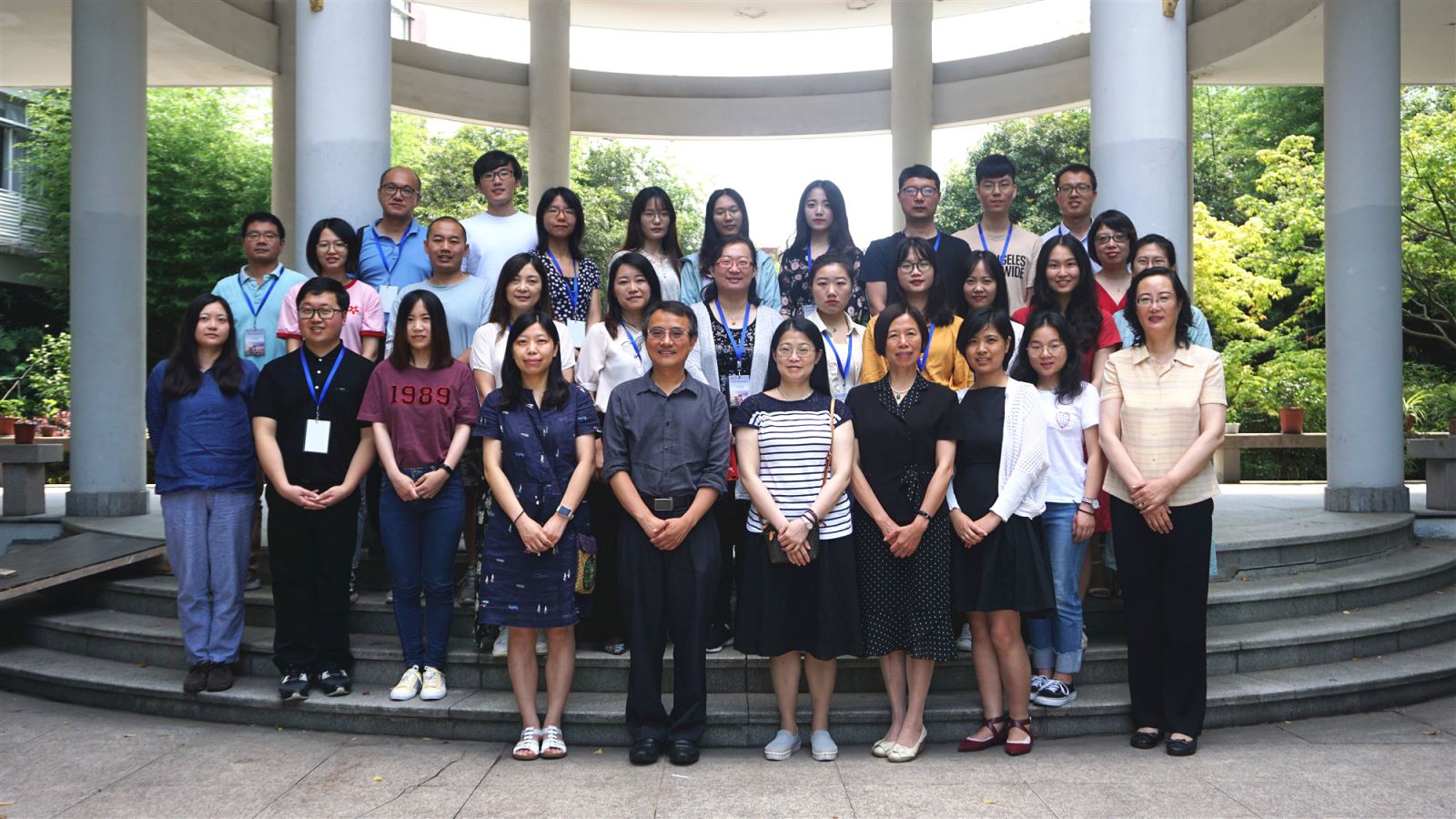
Photo 1 Participants of the 2019 Advanced Seminar on Phonetics and Brain Neural Mechanisms
On the opening ceremony on June 28th, the hosts Lin Yi and Zhang Hui introduced the guests and welcomed the participants from different universities. Tao Qing, vice-president of the School of Foreign Languages of Shanghai Jiao Tong University, said in the speech that since its launch three years ago, the Advanced Seminar on Phonetics and Brain Neural Mechanisms has reached a considerable scale. As the organizer of the seminar, Professor Ding Hongwei and her team have initiated cooperation between SFL and other international universities and institutes, achieved cross-school exchanges, and cross-disciplinary and comprehensive communication. In addition, China is paying more and more attention to this scientific research. It is no exaggeration to say that the development of linguistics is experiencing a scientific and experimental trend. They hope that this event and the subsequent research will lead to the development of this topic and bring fruitful results.
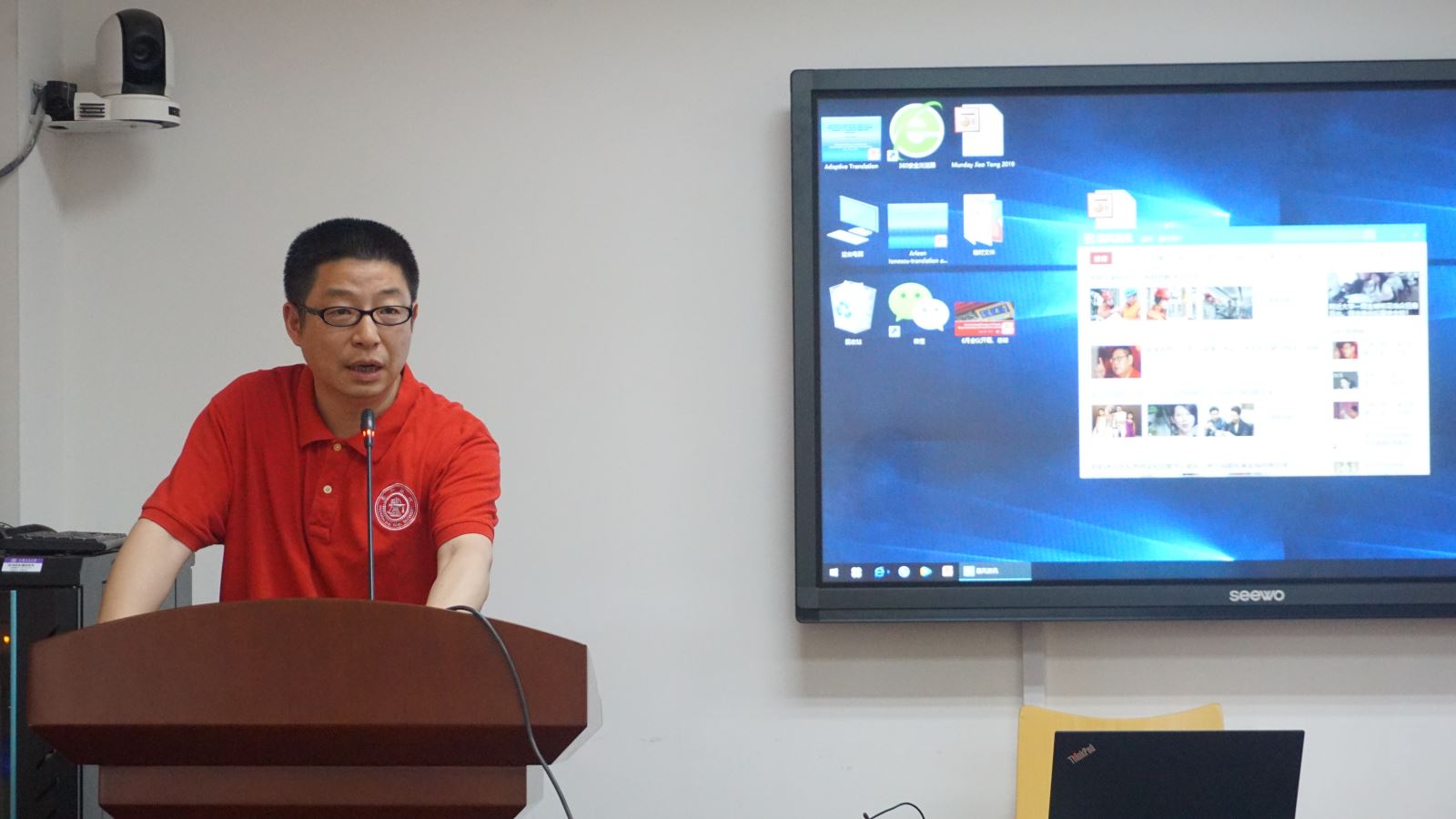
Photo 2 Vice-president of the School of Foreign Languages of Shanghai Jiao Tong University, Tao Qing
Subsequently, Professor Zhang Yang from Department of Speech-Language-Hearing Sciences, University of Minnesota shared his experiences. As one of the first students of Minhang Campus of Shanghai Jiao Tong University, Professor Zhang has deep feelings for his alma mater. At present, the study of language speech and hearing science is an international hotspot. Many companies are involved, but the key is on the advancement of methods. Only by learning methods can we investigate into specific research and explore its theory and value from different angles. He believes that research in this field will develop more comprehensively by advanced research methods.
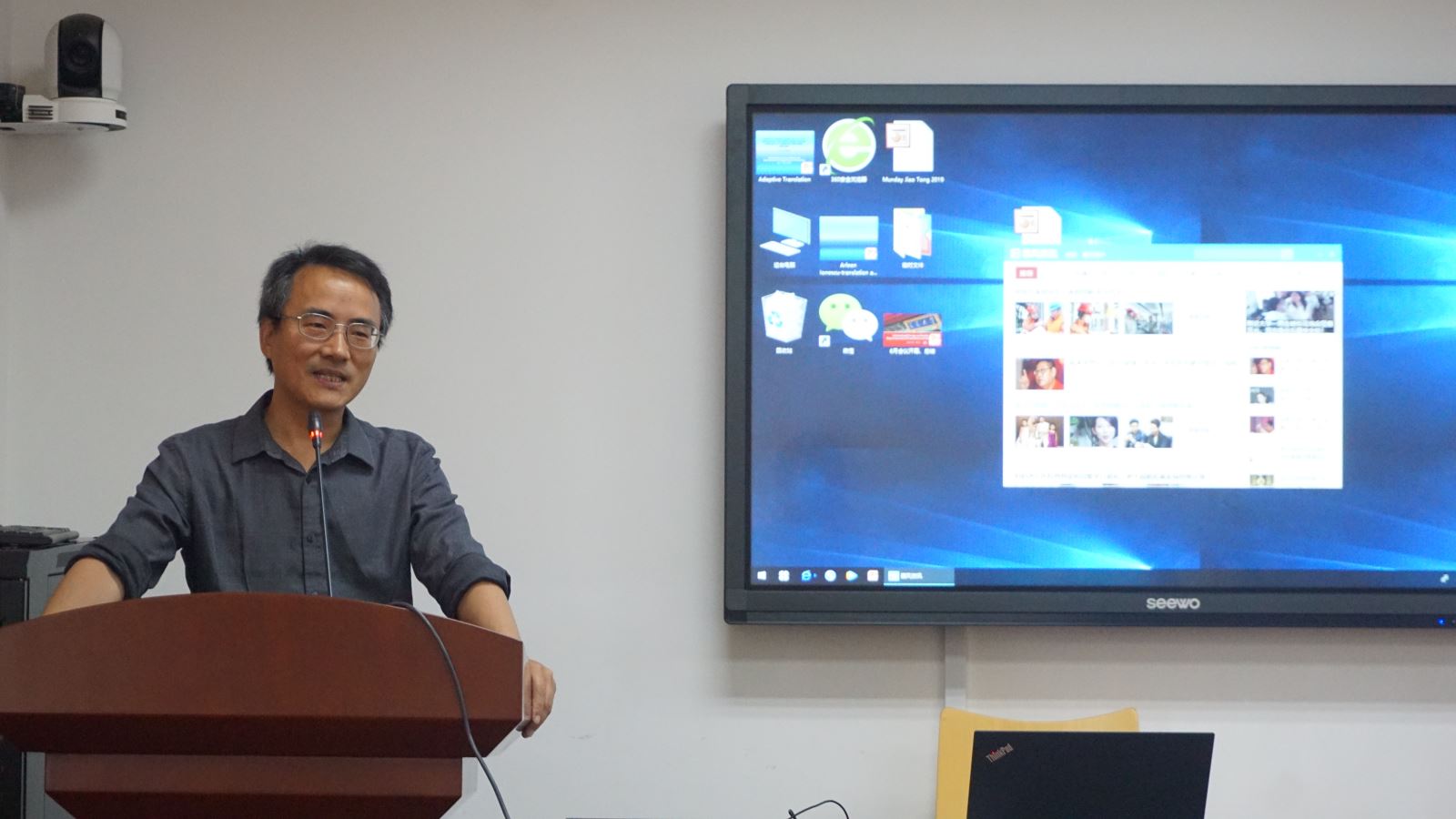
Photo 3 Professor Zhang Yang from Department of Speech-Language-Hearing Sciences, University of Minnesota
After the opening ceremony, Professor Ding Hongwei from the Language, Intelligence and Neuroscience Research Base of Shanghai Jiao Tong University introduced the interdisciplinary research cooperation on phonetics at home and abroad, including the development of the seminar on phonetics and brain neural mechanism; the Intelligent and Neuroscience Research Base; the Speech-Language-Hearing Center; as well as the physical layout and display area of the base. Then Prof. Ding introduced her team's national social science project, namely “the Construction of Corpus for Mental Disorders and the Language Research for Brain Science and Artificial Intelligence”, which focused on the development of early diagnosis techniques for mental disorders based on linguistic features, and accelerating the transformation of scientific research and application. It plans to achieve international leading results in three frontier fields of brain science, the early diagnosis and intervention of brain disease, and artificial intelligence.

Photo 4 Professor Ding Hongwei from the Language, Intelligence and Neuroscience Research Base of Shanghai Jiao Tong University
Next, Jiang Xiaoming, Associate Professor of psychology at Tongji University, introduced the recent development trend of psycholinguistics with the topic of “Prosody Coding and Decoding from the Perspective of Neurolinguistics”. That is, traditional psycholinguistics pays more attention to language research, but less attention to non-verbal parts, while recent linguistic studies have begun to focus on gender, identity, mental state, etc. Social norms, personal experience, cultural background, educational background, speaking habits, interpersonal sensitivity, etc. can all have certain impacts on specific expressions. In social networks, through computational and statistical modeling, speakers can reveal different communicative purposes. For example, vocabulary rereading, focus or emphasis in rhythm can reflect an individual's communicative position and attitude. It can extract the deep evaluation, intention and social relationship of the speaker.
.jpg)
Photo 5 Jiang Xiaoming, Associate Professor of psychology at Tongji University
Li Huixin, Tenured Associate Professor from Wai-Sum Lee Department of Linguistics and Translation, City University of Hong Kong gave a speech on “Phonetic Characteristics of the Consonants and Vowels in Beijing Mandarin (hereafter referred as BM)”. She adopted the palatographic and linguographic methods to study the phonetic characteristics of [tstsʰ s], [tʂ tʂʰʂ], and [tɕ tɕʰɕ] in BM by Beijing native speakers divided into the old and the young group, both in production and perception. In her study, she found that there are multi-differences in articulation among the three types of sibilant fricatives/ affricates including (i) place of articulation, (ii) linguo-palatal contact, (iii) tongue position, and (iv) tongue shape. All the differences in articulation contribute to the variations in the structure of spectral noise of the sibilant fricatives/ affricates.
.jpg)
Photo 6 Li Huixin, Tenured Associate Professor from Wai-Sum Lee Department of Linguistics and Translation, City University of Hong Kong
Wang Yuxia, Associate Professor of the Language, Intelligence and Neuroscience Research Base of Shanghai Jiao Tong University, introduced the use of eye tracker in language research. The eye tracker studies people's psychological activities by investigating people's eye movements, and analyzes the recorded eye movement data to explore the relationship between eye movements and human psychological activities, such as generating eye movement heat maps in milliseconds. Compared with other instruments, the eye tracker has the advantages of high space accuracy, easy operation, simple analysis; although the eye tracker cannot explore deep brain or emotional activities, it can record the behavioral representation of the subject and use it for research in the fields of attention, visual perception, and reading. A classic example is a sentence or chapter reading that records the fixation, saccades, and trajectories of the subject. In data analysis, it can be divided into early effects (such as word recognition, early semantic processing), recorded data with single gaze time, first gaze time, late effects (such as sentence integration, semantic integration), etc. Based on the advantages of eye trackers, researchers can do research in psychology, linguistics, and sociology.
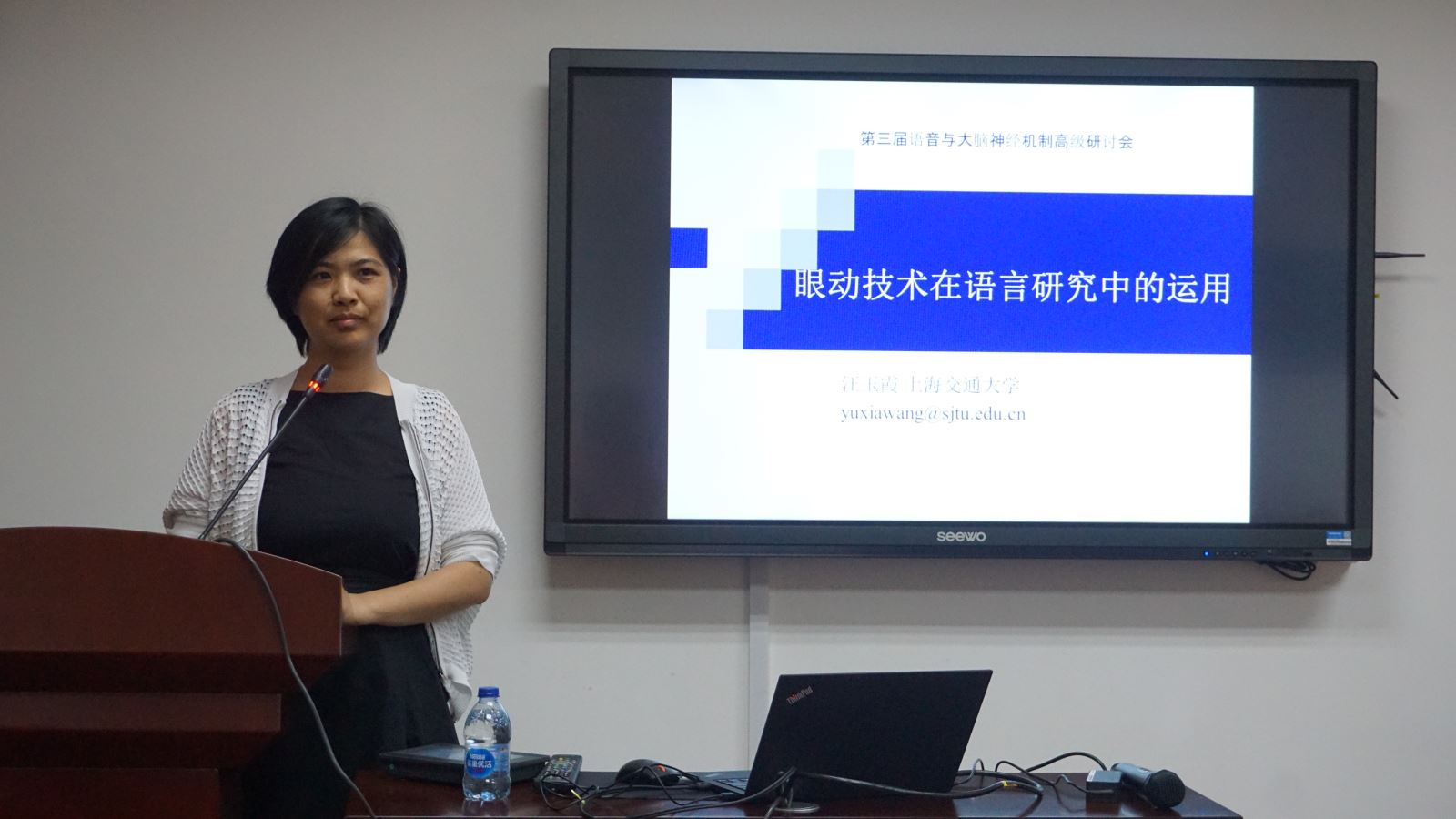
Photo 7 Wang Yuxia, Associate Professor of the Language, Intelligence and Neuroscience Research Base of Shanghai Jiao Tong University
Professor Yang Zhang from University of Minnesota gave speeches on “Developmental Research: Language Acquisition Mechanisms and Deficits”, “Brain Mechanisms and Plasticity Associated with Sensory Degradation and Impairments”, and “Perceptual Bias & Experiential Factors”. After a general introduction of the structure of linguistic theory from 1955 to 1975, he went to the core of his study - the development of hearing and speaking, which has gone through the linguistic level, the physiological level, the acoustic level, and back to linguistics. For researches in this field, subjects are categorized into monolingual or bilingual, child or adult, and normal or pathological, with the objects-oriented containing sounds, faces, or words. In data acquisition and analysis, brain activities have been taken into consideration with the aid of ERP, EEG, or MEG, etc., and examples of the application of measures to different emotional prosodies in infants and adults were given, which can provide another perspective for research interpretation. As for hearing impairment (HI), he found that it significantly affects certain neural processes by age, speech in noise, and so on.
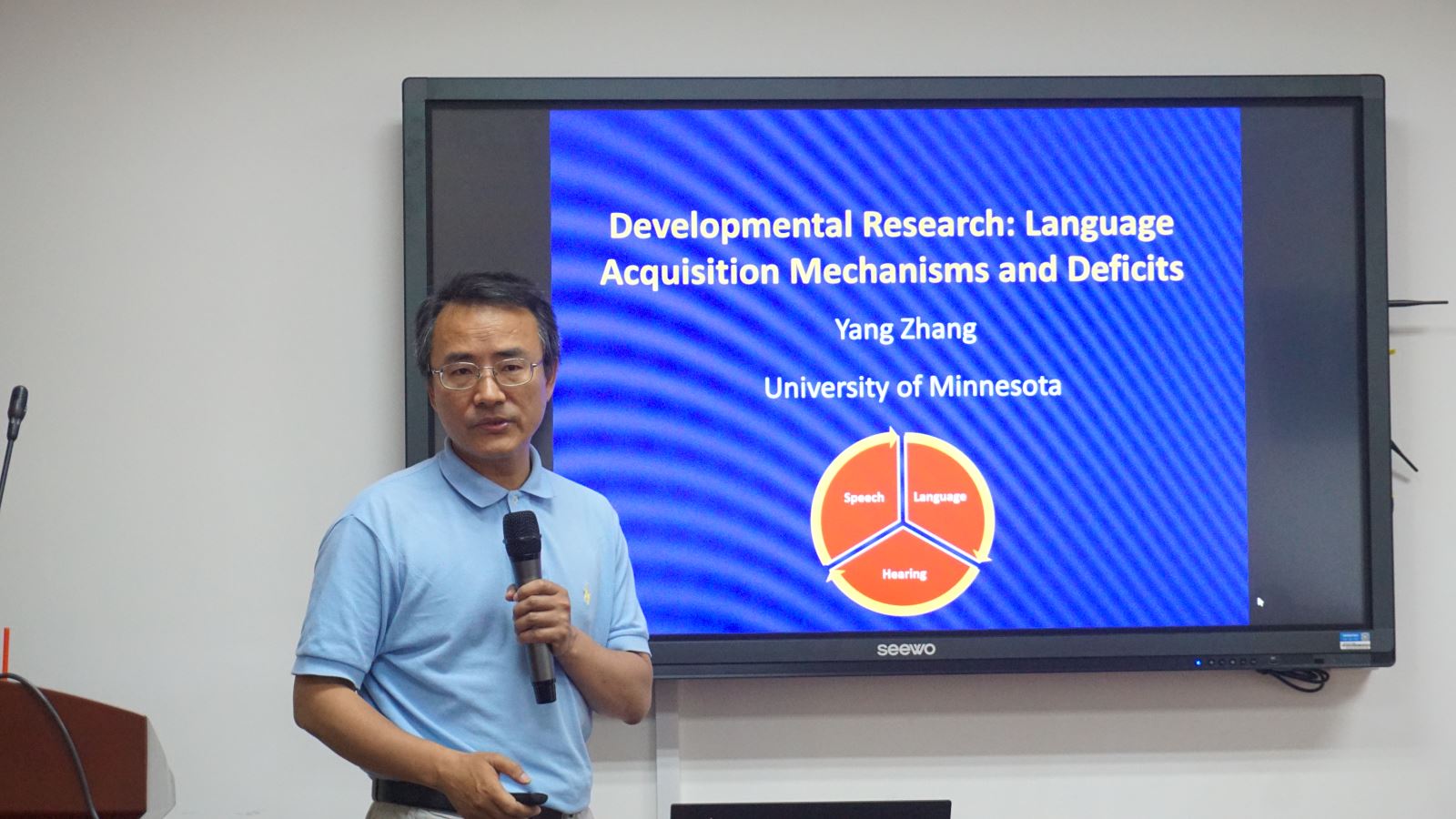
Photo 8 Professor Yang Zhang from University of Minnesota
With the topic of “Child phonological development and the Phon software”, Professor Fangfang Li from Department of Psychology, University of Lethbridge, Canada introduced the corpora of Talkbank, and the software Phon. In the study of child phonological development, human experiment based on naturalistic observations is hard to control or manipulate, while the focus on this vulnerable population is a key question related to human nature. To handle this issue, experiments of longitudinal and cross-sectional design have been developed, and researchers can collect information by diary study, transcription, and acoustic methods. In the trend of big data, an experiment may well go through acquisition, storage, and analysis. At the moment, studies based on group diversity are increasingly important. In this case, she gave a typical model of a leading language database- Talkbank, for sharing and studying human conversational interactions. To be specific, several demos related to children’s phonological traits were shown with scripts, materials. and the aid of Phon, a software program that supports the building of textual and phonological data corpora.
.jpg)
Photo 9 Professor Fangfang Li from Department of Psychology, University of Lethbridge, Canada
After the speeches above, participants were invited to discuss face-to-face with the speakers and mutually promote the development of academic research. At the closing ceremony, all participants received a certificate and the seminar was successfully concluded. This cutting-edge and interactive seminar has been widely praised by teachers and students of other universities, providing a cross-sectional guidance for phonetics and brain neural mechanisms research in the future.
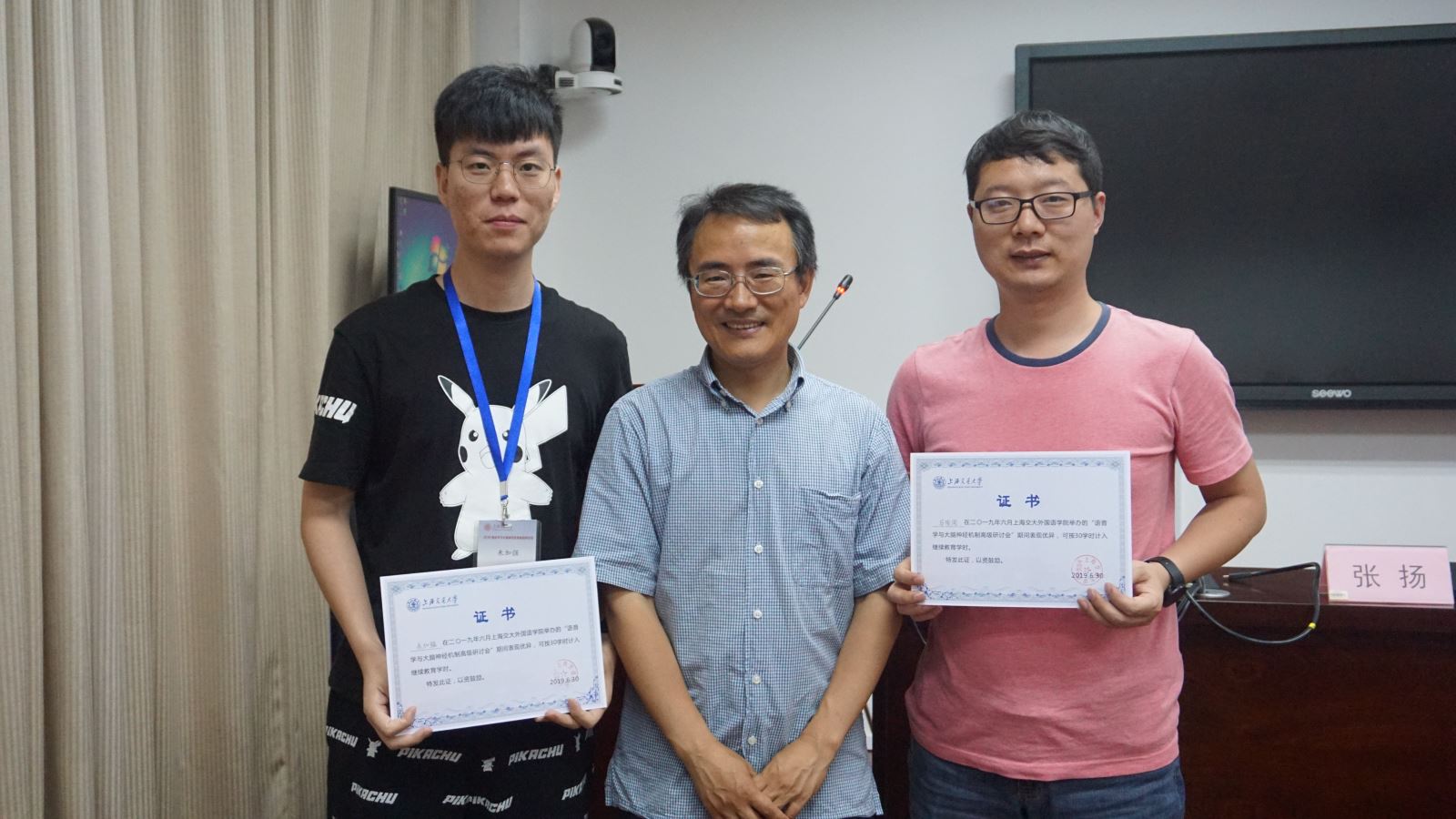
Photo 10 The closing ceremony of the seminar
